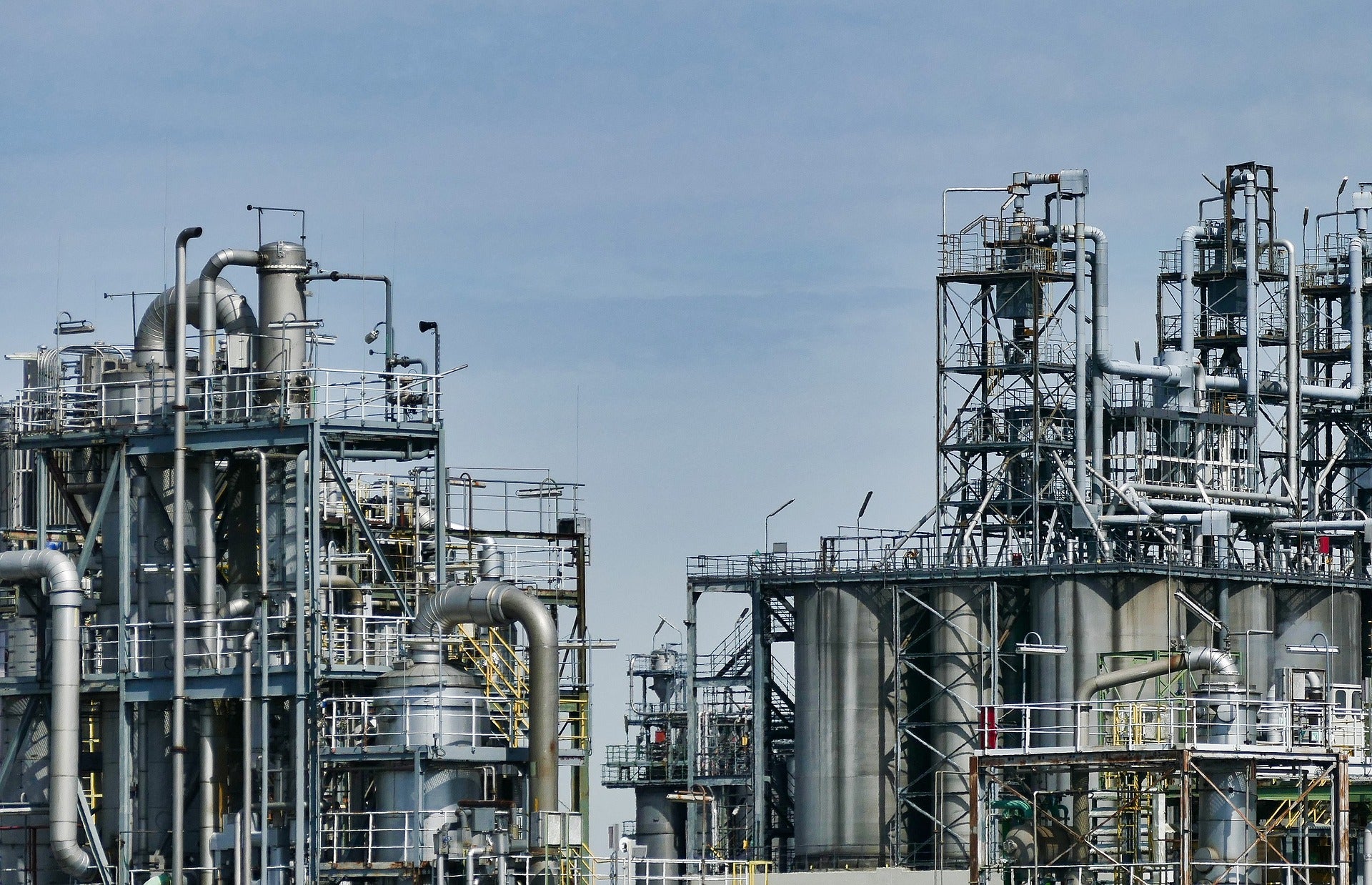
Oman’s state-owned energy company OQ SAOC is reportedly planning to sell its assets to finance its $7.9bn investment plan over the next five years.
As part of the plan, the firm is also planning to issue bonds in the international market to raise at least $500m and refinancing debt, Bloomberg News reported quoting a bond prospectus it had seen.
The move is a part of the energy company’s effort to reduce its reliance on the government’s strained finances.
The state-owned oil firm has already received $8.6bn support from the government and expects no further funding from the state, according to the prospectus.
OQ reported operating losses of $4.1bn (OMR1.58bn) in 2020. The losses were largely attributed to a $3.47bn (OMR1.34bn) impairment charge at two of its units as a result of the Covid-19 pandemic and low oil prices.
These units include a refinery business and upstream unit, formerly known as Oman Oil Company Exploration and Production.

US Tariffs are shifting - will you react or anticipate?
Don’t let policy changes catch you off guard. Stay proactive with real-time data and expert analysis.
By GlobalDataEarlier this month, reports emerged that the Oman Government is considering ways to shore up its budget, including divesting stake in OQ through an initial public offering (IPO).
Last month, India’s Bharat Petroleum (BPCL) acquired a 36.62% stake in the Bina refinery situated in Madhya Pradesh, India, from OQ for Rs24bn ($327.1m).
BPCL had a 63.4% holding in operating company Bharat Oman Refinery Limited (BORL), while OQ owned 36.6% interest.
Through compulsorily convertible warrants, the state government of Madhya Pradesh owns a minor stake in BORL.
Oman’s OQ was launched in 2019. It was created through the integration of nine companies in the upstream, downstream and fuel marketing sectors.



